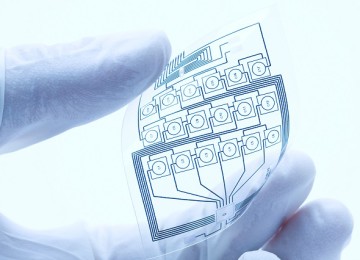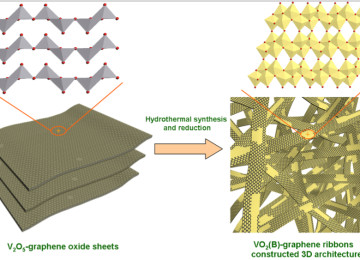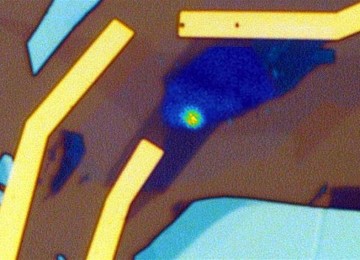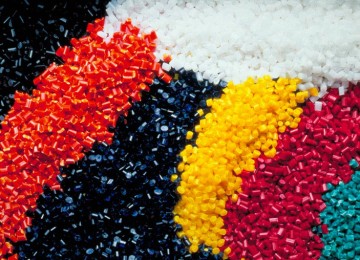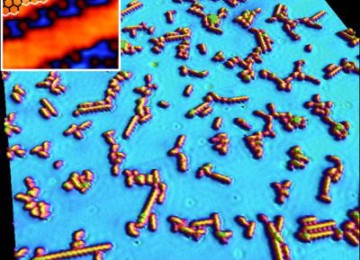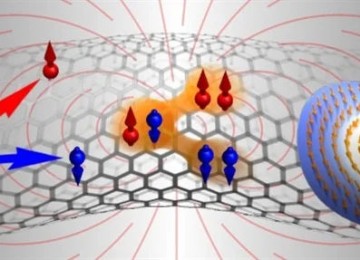Graphene-based enable heat-resistant for lightweight planes

Researchers developed Graphene-based enable heat-resistant for lightweight planes
A team of researchers at the Korean Institute of Science and Technology (KIST) announce that have developed a highly heat-resistant and high-strength resin based on chemical graphene oxide processing and mixing with universal epoxy. The new material is expected to contribute to the production of lightweight planes and rockets.
An epoxy resin is a material that stabilizes the structures of carbon composite materials.The institute found that multiple amine groups present around graphene oxides bond with epoxy resins to result in a number of cross-linked bonds and a 240% improvement in cross-linking density.
Its research is particularly characterized by the achievement of a high level of thermal resistance based on the addition of a graphene oxide derivative to a universal and cheap epoxy resin. “We have obtained source technology required for high-performance epoxy resin synthesis design and this will be a boon to domestic research activities regarding carbon fiber, epoxy resin and many more,” the institute explained.
Details of the research are available on the December 16, 2015, edition of the Polymer Chemistry, a world-renowned polymer science journal published by the Royal Society of Chemistry.

New Tech developed Graphene-based enable heat-resistant
Another tech to create Graphene-based enable heat-resistant:
Almost four years ago, researchers at the University of Exeter in the UK developed a hybrid material that had molecules of ferric chloride sandwiched between two layers of graphene. The new material had better conductivity than graphene on its own. The researchers dubbed their creation GraphExeter.
In research published in the journal Scientific Reports, GraphExeter was able to withstand 100 percent humidity at room temperature for 25 days and survive in temperatures of 150 degrees Celsius at atmosphere and 620 degrees Celsius in a vacuum.
“Having a metallic conductor stable at temperatures above 600°C, that is also optically transparent and flexible, can truly enable novel technologies for space applications and harsh environments such as nuclear power centers,” said Saverio Russo, a researcher at Exeter, in the press release.
Despite the material’s potential for applications in space and the harsh environments found in nuclear power plants, the researchers have remained fairly consistent over the last three years that GraphExeter is attractive for photovoltaic applications as well as an alternative to ITO as for transparent conducting electrodes in displays.
With the growing number of nanomaterial approaches to replacing ITO, it’s hard to make a bet on just one of them proving successful over the others. However, by reducing graphene’s sheet resistance, which limits its conductivity, GraphExeter does hold promise in general in the field of flexible electronics.












